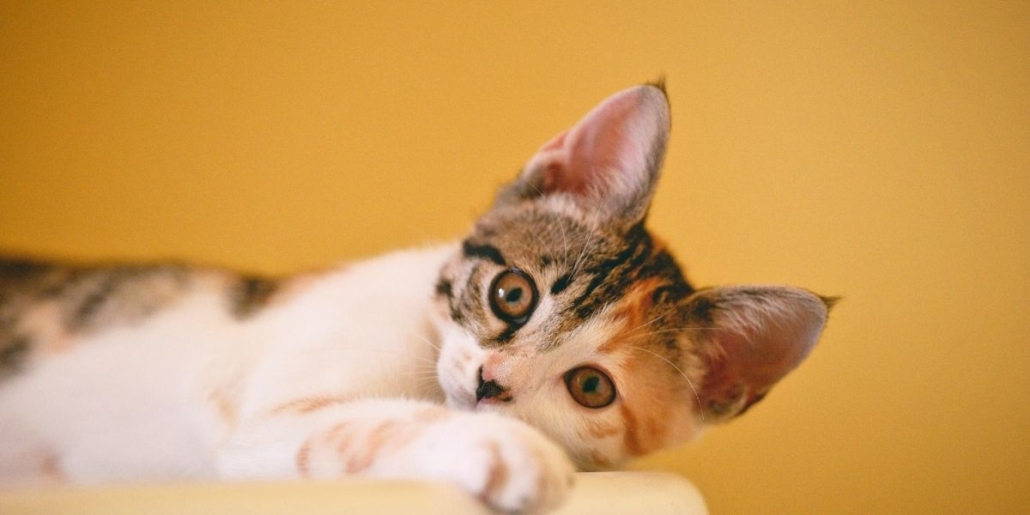Acne in cats – Causes. Symptoms. Treatment
Acne in cats affects cats for various reasons, but this condition can be seen in the chin in most cases. If you detect red pimples, black specks, or filth on your cat’s chin, they may be suffering from feline acne, often known as chin acne.
Cat acne is a disorder in which the hair follicles, mainly those on a cat’s chin, create too much keratin and get blocked. Red bumps, blackheads, and inflamed pimple-like sores are the outcome.
It might be a one-time occurrence or a long-term battle for cats with chin acne.
Acne may affect cats of any age, as it is not linked to sex hormones. Additionally, feline acne affects both neutered and intact cats and males and females of all breeds. Even kittens can be affected by this disease if they come in contact with a sick cat.
Cats with chronic acne
The clogged follicles in chronic or severely afflicted cats may fuse and develop bloated, painful crusts. The follicles are more prone to burst as the lesions become more extensive, a harrowing (and filthy) experience. Chronic hair loss in the afflicted region is also a possibility.
Acne in cats – Causes
Acne in cats occurs in most cases due to poor hygiene or weakening of the body’s immune system. This condition usually develops in the chin area because the cat finds it difficult to wash in that place. Chin acne is a disorder of follicular keratinization. Keratinization is an excess of keratin, a protein found in the surface layers of the skin. Excess keratin accumulates, and those blackheads (comedones) form. In more advanced cases, erythema and alopecia may develop. Different bacteria can be discovered on a cytological examination such as Pasteurella multocida, beta-hemolytic Streptococcus and Staphylococcus. Formed cysts can develop in more severe cases.
The causes of acne in cats can be:
– Stress
– Adverse reaction to a certain drug
– Wrong grooming of the cat
– A skin disease (fatty seborrhea)
Acne in cats occurs in both males and females. So hormones are not a cause of this condition.
Acne in cats – symptoms
Acne in cats has specific symptoms that should not be overlooked. In most cats, the skin of the lip and chin turn red. Also, the hairs on the chin fall out, and the skin turns red, so does the itching that bothers the pet. Red pimples appear on the chin, and crusts appear on such developed comedones along the way. Sometimes the cat’s chin becomes inflamed, and in severe cases, bleeding or lumps may occur. If you notice any of the symptoms listed above, you should see your veterinarian as soon as possible, as they may hide certain more severe illnesses such as:
– Cat leprosy
– Allergies
– Fungal infections
– Skin tumors
– Secretions of the skin glands
– Tumors in the epidermis
The doctor will perform specific tests to determine the causes and to make a correct diagnosis. Enlargement of the sebaceous glands will be observed after diagnosis. Your veterinarian will decide whether it is dermatophytosis (fungal infections) or feline demodicosis (mange). Acne in cats can spread from the chin to other areas of the body. In most cases, this disease development is found in dogs due to hormonal disorders, trauma, or genetic background.
Following acne, the cat may suffer from certain skin infections. The skin becomes much more sensitive, so the hair follicles become more vulnerable to a disease. This is how folliculitis appears, a bacterial infection that will be treated with antibiotics.
Acne in cats – Treatment
Acne in cats can also be treated at home with medications prescribed by a veterinarian. It is usually advisable to use benzoyl peroxide gel applied directly to the affected areas, or certain antibiotics are used against the infection. Also, in severe cases, oral antifungal antibiotics, oral steroids, or oral retinoids will be administered. This treatment will be given for a few weeks. Adverse reactions such as stomach irritation, nausea, loss of appetite, and diarrhea may occur. The cat can be washed with an anti-seborrheic shampoo to unclog the hair follicles. Your veterinarian will ask you to pass the affected area with medication once or twice a week to remove excess sebum and the formed crusts. A cleaning time of 10 minutes is recommended. You need to monitor your cat closely for early digestive changes.
Picking at your cat’s acne is never a good idea. Picking will only make the situation worse, sometimes resulting in more significant discomfort and infection.
If your cat’s skin clears up, you may gradually cease using the shampoos and topical treatments. Still, if the breakouts recur, your veterinarian can help you design a maintenance plan to keep your cat’s chin as straightforward as possible.
For many cats, maintenance cleaning with gentle scrubbing has shown to be effective since it increases the period between episodes and therapy.
On the Biotur Shop platform, you will find the right medicines for your pet to fight acne in cats, as well as other supplements to strengthen the immune system. Your cat deserves all the attention it deserves. Do not hesitate to call your veterinarian if you notice any signs of acne in cats.



